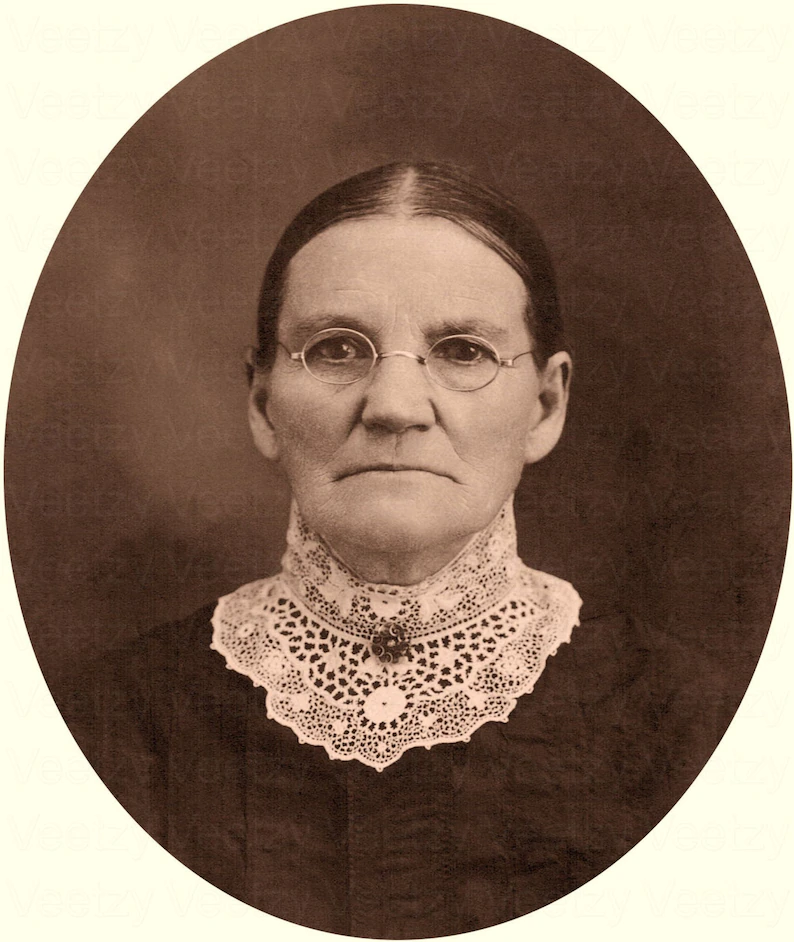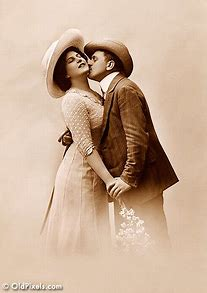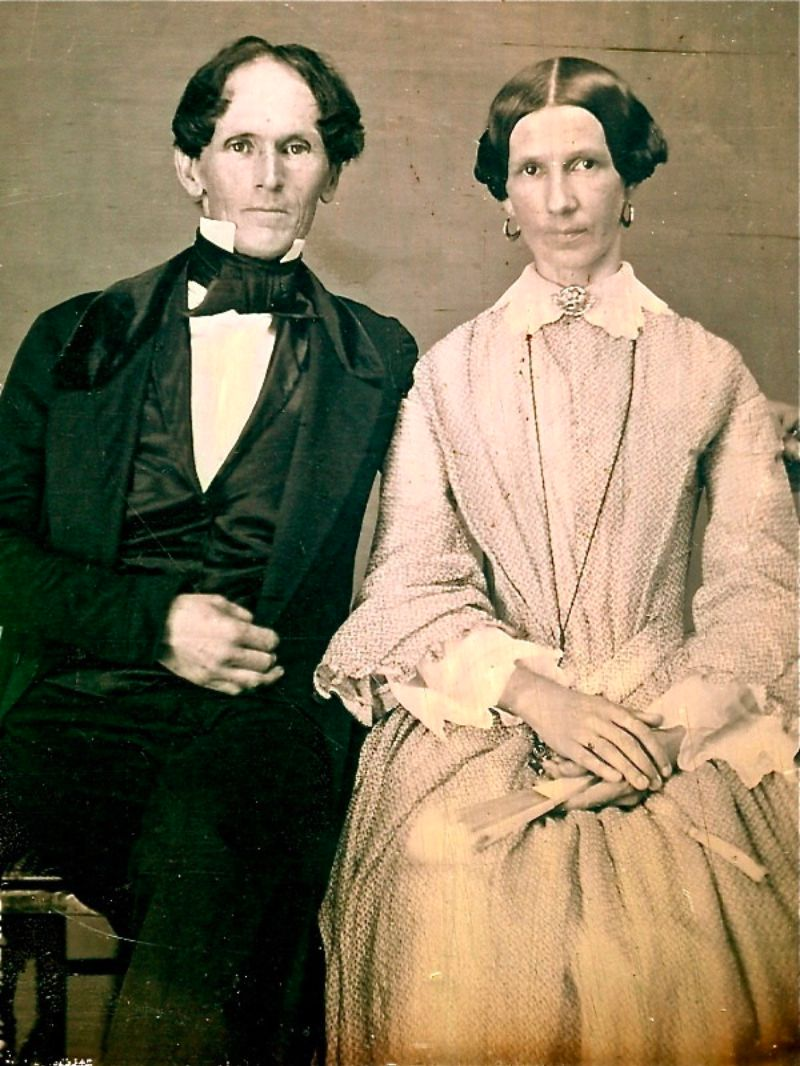😑😒😖... No-no-NO!!!...
While researching for another article, I happened upon an 1840s book which espouses harsh—and quite unintentionally hilarious—views on age disparities in marriage. This book, titled, "The Midwife’s Guide," is actually a Victorian edition of the 17th-century sex and midwifery manual known as "Aristotle’s Masterpiece". Written by an unknown author purporting to be Aristotle, it was the most widely read sex manual in 19th century England. Only a fraction of the text is devoted to May-December marriages, but those brief pages leave one in no doubt of how the author feels about matches of unequal years. He begins by writing:
There are no results, for According to the author, an age gap this large can bring nothing but misery. As he explains: “This makes the woman (who still wants a husband, for the old miser is scarce the shadow of one) either to wish, or, may be, to contrive his death, to whom her parents thus, against her will, have yoked her; or else, to satisfy her natural inclinations, she throws herself into the arms of unlawful love: which might both have been prevented, had the greedy inconsiderate parents provided her with a suitable match.” The author goes on to give a lengthy example of a wealthy old widower who, upon attempting to arrange the marriage of his heir, was so bewitched by his future daughter-in-law that he offered for her himself. The young woman’s greedy father subsequently forced her to marry the “old gentleman” against her will. Unsurprisingly, the young woman was unhappy in the match and, in short order, found “a young gentleman of 22 years of age, whom she liked much better than her husband.” It was then that the young woman began to contemplate getting rid of her elderly spouse. As the author relates: “Then she became impatient for her husband’s death, and now thought every day an age to live with him, and therefore sought opportunity to cut off that thread of life which she was of opinion nature lengthened out too long...”
With the help of her servants, the young woman strangled her husband in his bed. She then removed to London where she lived happily for two years until “justice overtook her.” She and her servants were arrested, tried, and ultimately executed for their crimes, prompting the author to moralize that the whole episode was:
“...a sad example of the dismal consequences of doting love, and of unequal matches; for had this lady not been forced, through the desire of lucre in her parents, to marry the old knight, but had been married to the son, as was first intended, the old gentleman might have prevented an untimely death, and the young lady lived with innocence and honor.”
Despite his repeated emphasis on murderous, cheating spouses, the author acknowledges that unequal matches do not always lead to adultery and murder. Instead, he argues that it is more likely that the unfortunate young bride “curbs all her natural inclinations” and:
“...is contented with the performance of her husband (how weak soever it may be, and cold and frigid) and does preserve her chastity so pure and immaculate as not to let one wandering thought corrupt it...”
But even when the young wife’s conduct is beyond reproach, the author asserts that the elderly husband will still grow suspicious. This suspicion arises not from the wife’s behavior, but from the husband’s own deficiencies. As the author explains:
“...the husband, conscious of the abatement of his youthful vigor, and his own weak imbecile performances of the conjugal rites, suspects his virtuous lady, and watches over her with Argus’s eyes, making himself and her unhappy by his senseless jealousy...”
The author states that a young wife murdering her old husband and an old husband consumed with paranoia over being cuckolded by a young wife are but two of the many dire consequences of “old men’s dotage and unequal matches.” However, rather than continuing to enumerate the evils of old men marrying young women, he proceeds to address the reverse situation, writing:
“But let us turn the tables now and see if it be better on the other side, when a young spark of 22 marries a grandam of 70 years, with a wrinkled face. This, I am sure, is most unnatural. Here can be no increase, unless of gold, which oftentimes the old bag (for who can call her better, that marries a young boy to satisfy her lecherous itch, when she is just tumbling into the grave,) conveys away, before marriage, to her own relations, and leaves the expectant cox comb nothing but repentance for his portion.”
The author goes on to paint a grim picture of the young husband who is, for all intents and purposes, enslaved by his wealthy, elderly wife. In most cases, he writes, the wife will allow him nothing more than “pocket expenses,” but for that small sum, the young husband is “bound to do the basest drudgery.” In the rare event the wife is generous with her money, the author warns:
Based on these portions of the manual, marriage seems an unpleasant—and rather dangerous—business. In fact, having read such dire predictions, the 19th-century man or woman contemplating matrimony would be fully justified in giving up on the institution altogether. The author, however, hastens to emphasize that the examples he has given are merely the “excrescences of marriage” and “not a fault of marriage itself.” He closes the section on unequal marriage by writing:
“For, let it be what God at first ordained, a nuptial of two hearts as well as hands, whom equal years and mutual love has first united before the person joins their hands, and such will tell you, that mortals can enjoy no greater happiness on this side heaven.”
--- By Mimi Matthews, for "Bosh".































